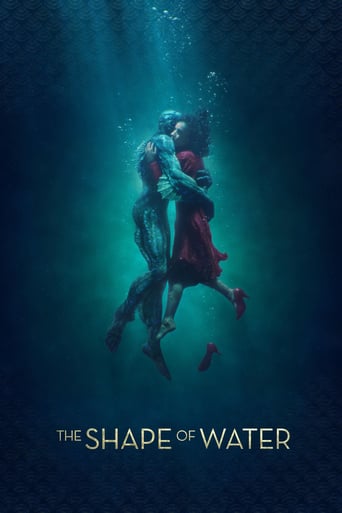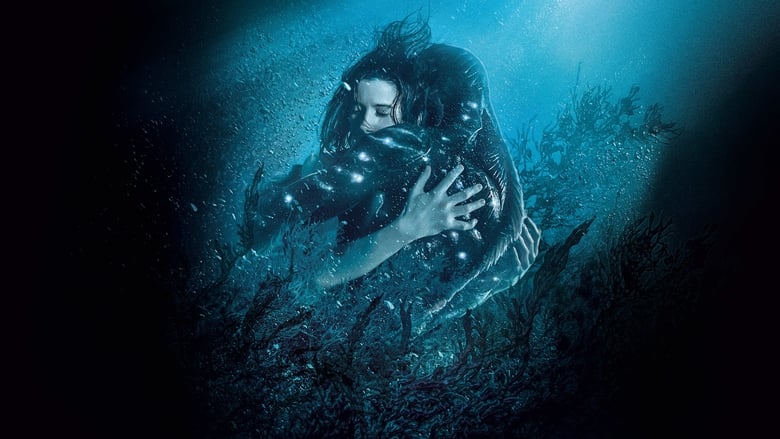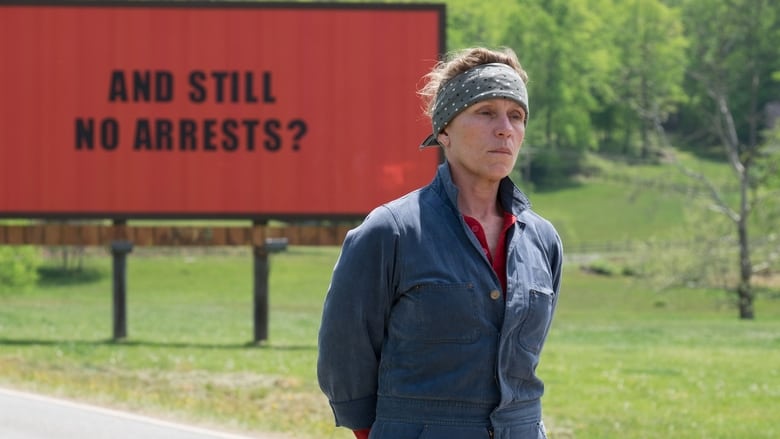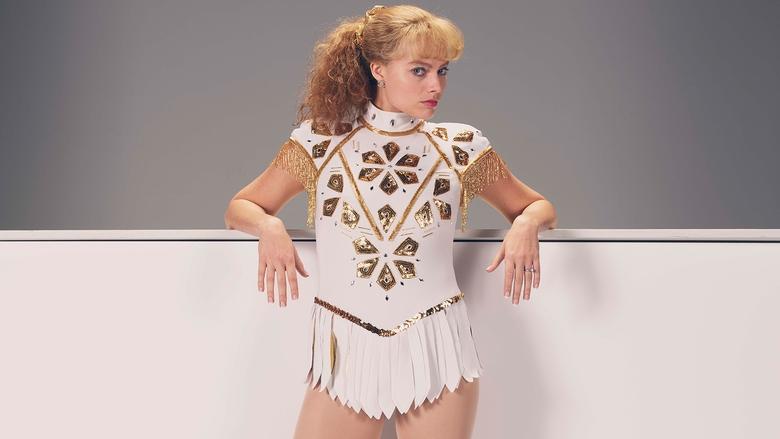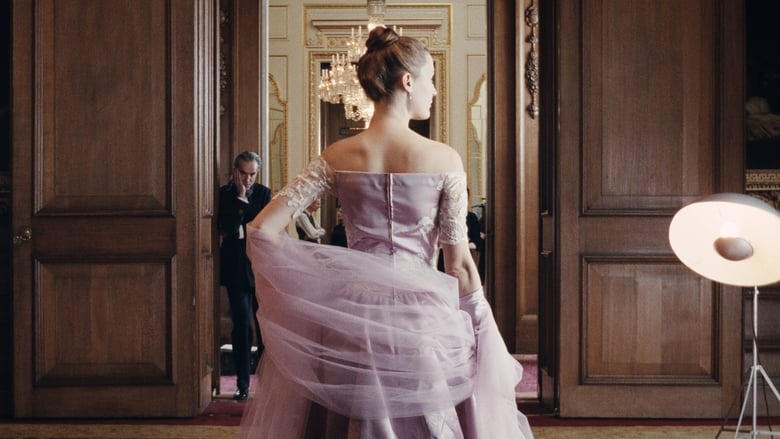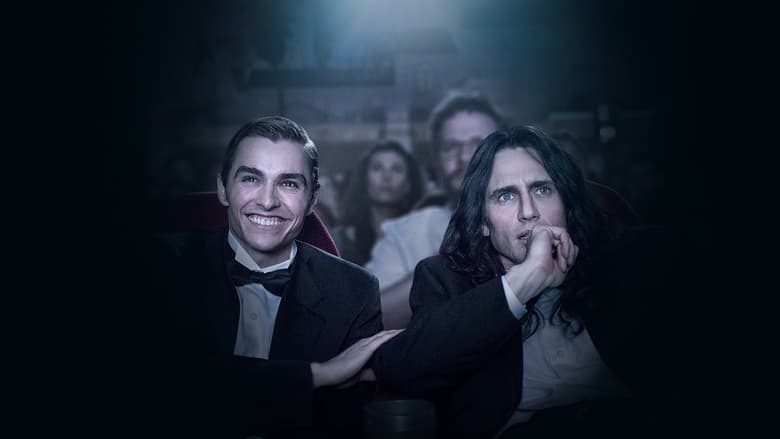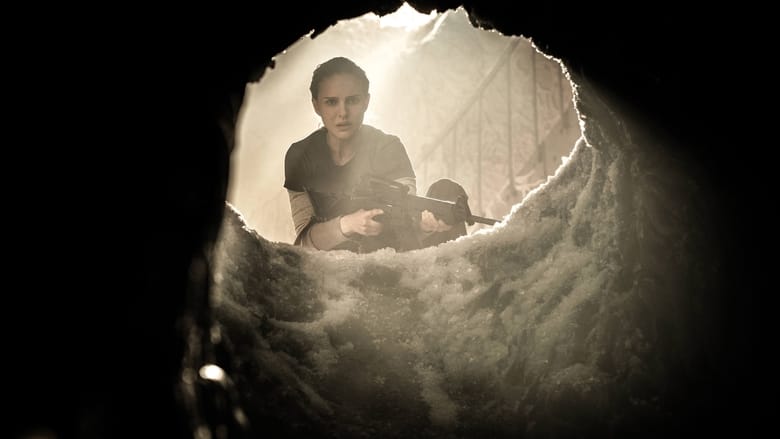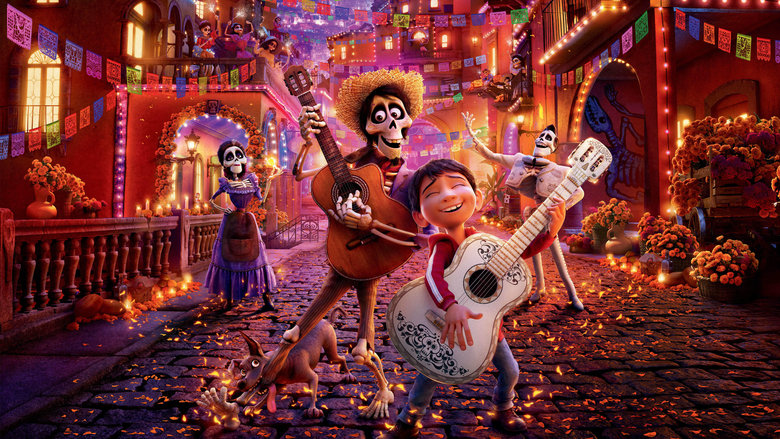An other-worldly story, set against the backdrop of Cold War era America circa 1962, where a mute janitor working at a lab falls in love with an amphibious man being held captive there and devises a plan to help him escape.


Similar titles
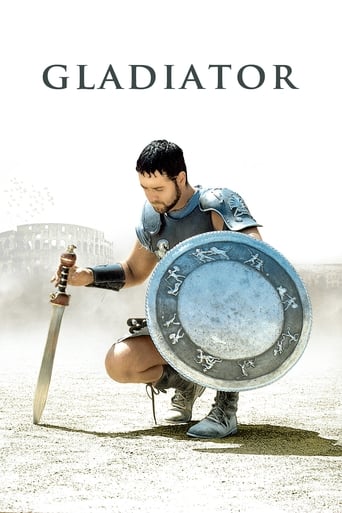
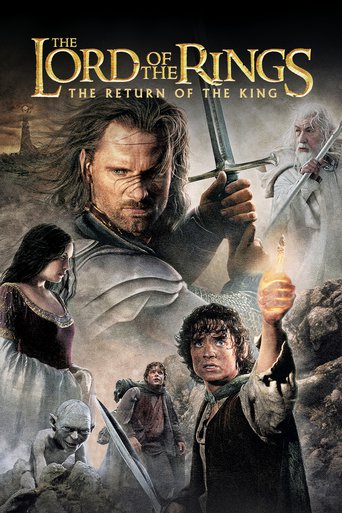
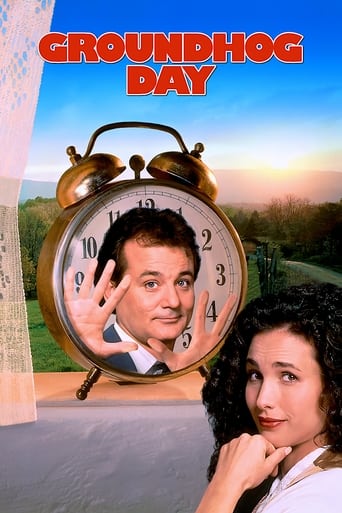
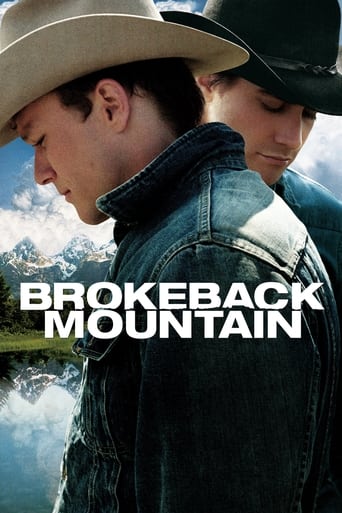
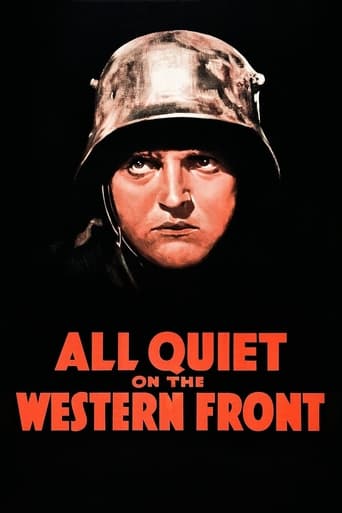

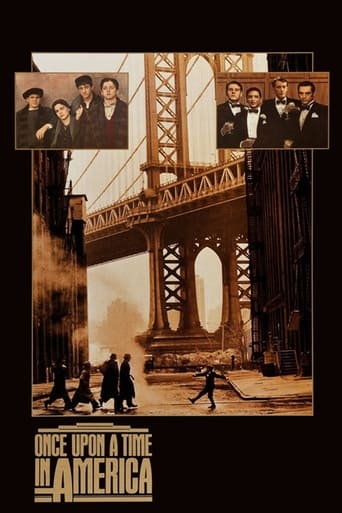

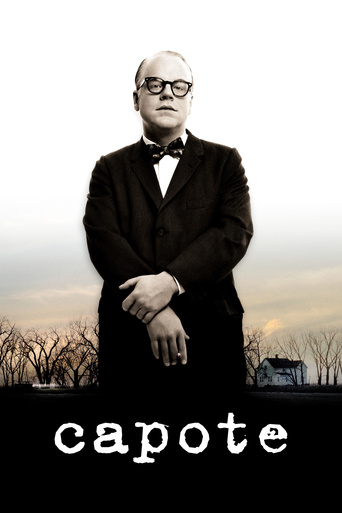
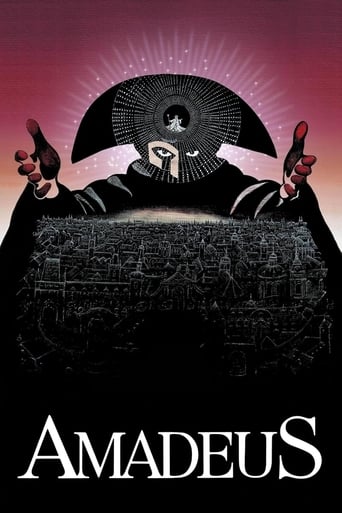
Reviews
Guillermo del Toro leads us on a beautifully compelling, and oddly romantic story about a woman and a fish who fall in love.The film opens underwater, and although the later scenes do not, the set design and lighting makes us feel like we never really surface. deep Blues and swampy greens paint the film, everything I remember is shaded with these colours, it is a director which such a fine control over colour palettes I think Wes Anderson will probably feel a little outdone.Then we meet Elisa, we follow her through her morning routine, she likes eggs, is sexually frustrated, and she can't speak, she's a mute. Sally Hawkins teases life into Elisa, she could easily have played her as straight up quiet, introverted and shy, but there's so much more to her. In one scene she signs "F*** You" to Michael Shannon's character, for no other reason than her own enjoyment, she gives a smug little grin after doing it too. I like to imagine Sally Hawkins receiving a script from Guillermo del Toro thinking "brilliant, finally my chance to win an Oscar", only to open up the screenplay and realise all her lines are effectively facial expressions. She does brilliantly regardless.The film is well paced, but the blossoming romance between Elisa and Cpt Fish Finger is put rather dumbly into a montage. We don't spend enough real time with the pair as they begin to fall in love. For example by the film's half way point, Elisa is planning to break Fish Cake out of the research facility, effectively risking her life for him, but all we've seen up to this point is them eating eggs together and him watching her dance with some weird French music playing over the top. I saw no real motive for her to risk her life at this point. I wanted to see real scenes between the two of them; how do you fall in love with a frog looking guy you can't really talk to? I guess even Del Toro was unsure on that one, he skipped over the answer.The film's most redeeming quality is in it's character's. Richard Jenkins' character stood out, he is quirky and oddly magnetic, I wanted to see more of him. He got nominated for Best Supporting Actor because Sally Hawkins relied on his humour and daintiness to paint and strengthen her character. Michael Shannon as well plays a baddie straight out of the Del Toro's school of baddies, he's always sucking hard boiled sweets, his fingers bleed and get progressively darker as his character does. No character is alike. Everyone is brought to life brilliantly by the actor playing them. Octavia Spencer plays every role she ever has played, mouthy, sassy black woman - but she plays it well I wont protest.Allow yourself to fall into the trance Del Toro has created. Don't resist. It's odd and quirky and if you spend your time questioning that, the film will pass over you.
It's a very long boring movie, had a hard time staying awake to watch it.
Guillermo del Toro is a GOD! Quite simply this is by far the most gorgeous film to come out in years...from the way she spoke about him, to the way he looked at her...amazing.
(Personal Opinion and Analysis #3)The Shape Of Water (2017) is a film written, produced and directed by Guillermo Del Toro and starring Sally Hawkins, Doug Jones, Richard Jenkins, and Michael Shannon, which was worthy of more than a hundred of awards, including the Best Picture of the Year; the Best Director; etc. Despite having, also, been nominated for another three hundred national and international awards, it received mixed comments and responses from the audience, criticizing it especially for being "fundamentally flawed", "a money-squandering", "unpleasantly rare" and even "disgusting". However, it is the Guillermo del Toro's most human and personal motion picture, and without a shade of doubt, his best work since Pan's Labyrinth (2006). Basically, it consists of an approximate two hours to present a fairy-tale for grown-ups; located geographically in Baltimore, and chronologically, in 1962. The plot follows a young cleaner woman named Elisa who works in a high-security government lab and suddenly falls in love with a humanoid-amphibian creature found somewhere in South America, which is kept in captivity inside the facilities. She will attempt to do everything possible to set the strange creature free again with the support of her friends, Zelda, Giles, and Professor Hoffstetler; avoiding at all costs the threat of the antagonist, Mr. Strickland, who watches over the creature's decease. I will just limit myself to talk about three unique aspects that I identified throughout the film and of which not many speak about, apparently. These are, the colors that popped out throughout the story's development; the almost unnoticed, yet relevant use of the characters' hands; and the way in which Guillermo del Toro expresses his opinion towards the different types of discrimination that many human beings have had to deal with throughout history.If you did like the movie, you should know that it was going to be black and white, originally. I feel glad because, otherwise, many key scenes would not have been the same as they are now. Color is crucial, as well as remarkable. I could not help noticing the enthusiastic green that was exhibited while the beginning of the film, whether in cakes, liquid soap, walls, shoes, cars, candies..., and that is why I refer to the color green as "enthusiastic"; so much so that you could say that The Shape of Water's Status Quo is intensely green. Why? A character dictates so, literally. In a key scene, a man tells him that GREEN IS THE MODERN COLOR to Giles, the man who helps Elisa bring the creature to the water. But he, on the other hand, represents the man with changing ideologies, for he is homosexual, and that was outrageously indecorous. That is why he picks green cake in order to "fit in society" and to get to know better the boy of the cake shop. However, Giles, soon, rejects a green cake and chooses a different color; so that he is going against what is green and modern: homophobia and discrimination. He is consequently kicked out of the shop. The opposite color to green, red, is seen in multiple moments, too. Red, hence, represents the opposite of what houses the film's Status Quo. We are able to see the protagonist, Elisa, wearing red clothes at different moments. Using red shoes, for instance. And why does red fall on this character more noticeable than others? Because she is the only one who looks and refers to the creature as a human being. Something not only with a human aspect but with human rights and worthy of having human dignity, despite being just a scaly and disgusting monster for most people. Plus, if you take a look to The Shape Of Water's poster, you will easily notice that Elisa is wearing totally red clothes; though at the beginning, she used to dress in almost totally green, as most of the characters shown. Therefore, we can say that red represents the transformation that Elisa experienced for good; from a gear within a modern and "green" system to a "red" open-minded world, where anything weird and different is not seen as odd monsters, but as something lovely and wonderful.Certain parts of the body are and always were relevantly expressive in enough films. For instance, in Tangled (2010), they are feet what speak almost as much as the characters; and in The Shape Of Water, they are hands what expresses what the director attempts to stress. I will tell you how, exactly. Hands are a key element that most of the viewers underestimated. There are three essential characters that honor such an idea. These are Elisa, the city, and Mr. Strickland. Elisa, for instance, uses her hands almost ALL THE TIME along the story's development, because she uses the sign language for she cannot speak; and she even masturbates every morning while taking a bath. At the moment when Elisa and the creature see each other for the first time, both use their hands to express their interest towards each other. Later, the creature uses its hands with the intention of healing itself after being attacked by Mr. Strickland, and then "blessing" Giles after slightly injuring his arm. Respecting that fact, perhaps we can give credit to Mr. Strickland's final words, which were dedicated to the creature: "You ARE a god". And finally, the villain, mentions his hands directly during one of his first and most important appearances. He enters the toilet services, where he meets, perhaps not intentionally, Elisa and her friend Zelda, those in charge of cleaning. He takes this opportunity to tell them about the value of washing hands. He believes that depending on whether a man washes his hands before or after his needs, it reflects his personality. For instance, if a man washes his hands before AND afterward, it shows that he is an insecure man. In the movie, he washes them BEFORE; showing that he is a dirty or rude person. Then, with dirty hands, Strickland takes a sweet to his mouth. A green candy, showing us, thus, that he is a "modern" person, narrow-minded and even evil. An also unnoticed aspect, is that Zelda is, somehow, a compliment for Elisa. Zelda does not make much use of her hands, but of her mouth, for she is Elisa's interpreter when someone does not grasp the sign language. And, as funny as it sounds, she does also make use of her feet, even though feet are not so relevant in this film. After all, we hear her complaining about the constant pain in her sensitive feet from the first minutes of the movie. It is a little funny in my opinion.Something that I also noticed among the comments of the viewers, is that many misunderstood the ending: Elisa did turn out to be of the same species as the creature, in a certain way. There were clear clues throughout the story: her inability to speak; her dormant gills in the neck; her love for water; and her sexual attraction to the creature. Therefore, I believe that the relationship between the creature and Elisa represent something much deeper: those who are afraid of the different, whether they are people of different sexual orientation; religion; gender; race; nationality; or age, tend to observe such people as "monsters". A. Hitler, for instance. But if you get closer enough to them, you get to know them better and your point of view towards them evolves; you would see something very unlike a monster. Something beautiful, instead.In my humble, non-professional opinion, The Shape Of Water is not overrated, but misunderstood; and, therefore, often loathed by those who enjoyed more Three Billboards Outside Ebbing, Missouri. Both are great movies, I will not (and I cannot) deny it, though if you are reading this review in order to know that I agree if this movie deserved the Oscar for the Best Film, my answer is affirmative; and I applaud Mr. del Toro for his inventive use of parts of the body and multiple colors in this remarkable, unforgettable motion picture. Thanks, Guillermo.
